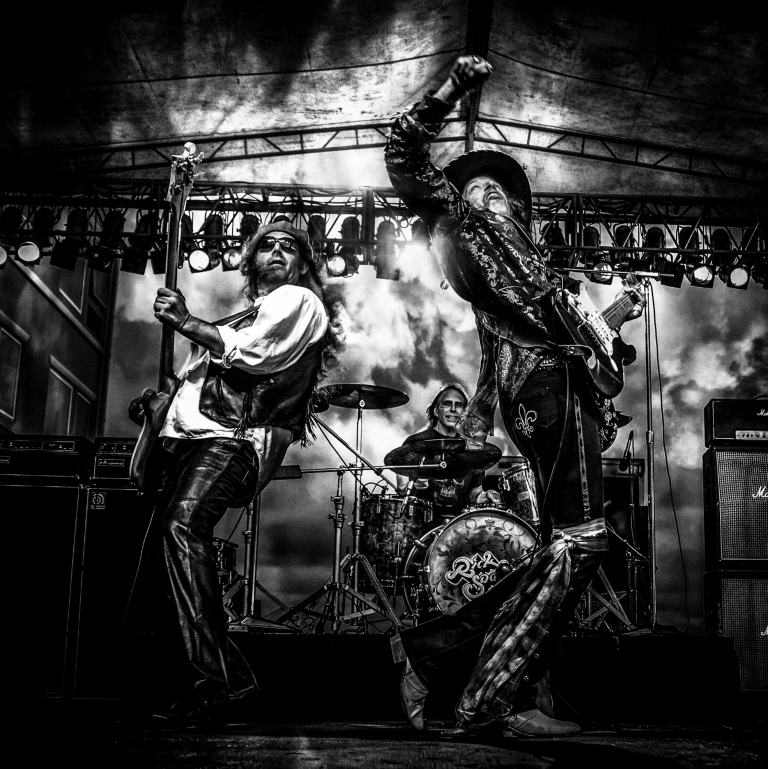

Violence and intimidation were also used to keep Blacks away from the polls, and thus shut them out of the political process.Īfrican Americans' efforts to secure their rights did not die with the unfulfilled promises of Reconstruction, however. But because the language of the state laws did not explicitly target African Americans, the courts upheld them. Voting rights were guaranteed to Blacks under the 15th Amendment, ratified in 1870, which said that citizens could not be denied the vote on the basis of "race, color, or previous condition of servitude." But states found ways around this law, too, instituting poll taxes, literacy tests and grandfather clauses (which stipulated that a man could vote only if his father or grandfather had voted).Īll of these measures were designed to prevent Black men from voting. Ferguson in 1896 that segregated facilities were not by nature unequal, and the system of Jim Crow segregation flourished in the South.


The Supreme Court itself stripped the law of impact when it ruled in Plessy v. The 14th Amendment, ratified in 1868, guaranteed Blacks "equal protection of the laws." But states routinely disregarded the amendment's "equal protection" provision. However, these rights largely remained promises on paper only.

DuBois would call it "a glorious failure." Reconstruction's glory rested in the fact that the rights of African Americans were finally written into the Constitution of the United States. This second revolution would ultimately fail, however, although the scholar and civil rights activist W.E.B. The aim of Reconstruction and these amendments was to free black Americans from white oppression and to give them full citizenship rights in the country they had helped build. This piece is to accompany the Teaching Tolerance article "Getting the Civil War Right." Some historians have called the period of Reconstruction that followed the Civil War the "second American Revolution" and the 13th, 14th and 15th Amendments a "second Bill of Rights" for African Americans.


 0 kommentar(er)
0 kommentar(er)
